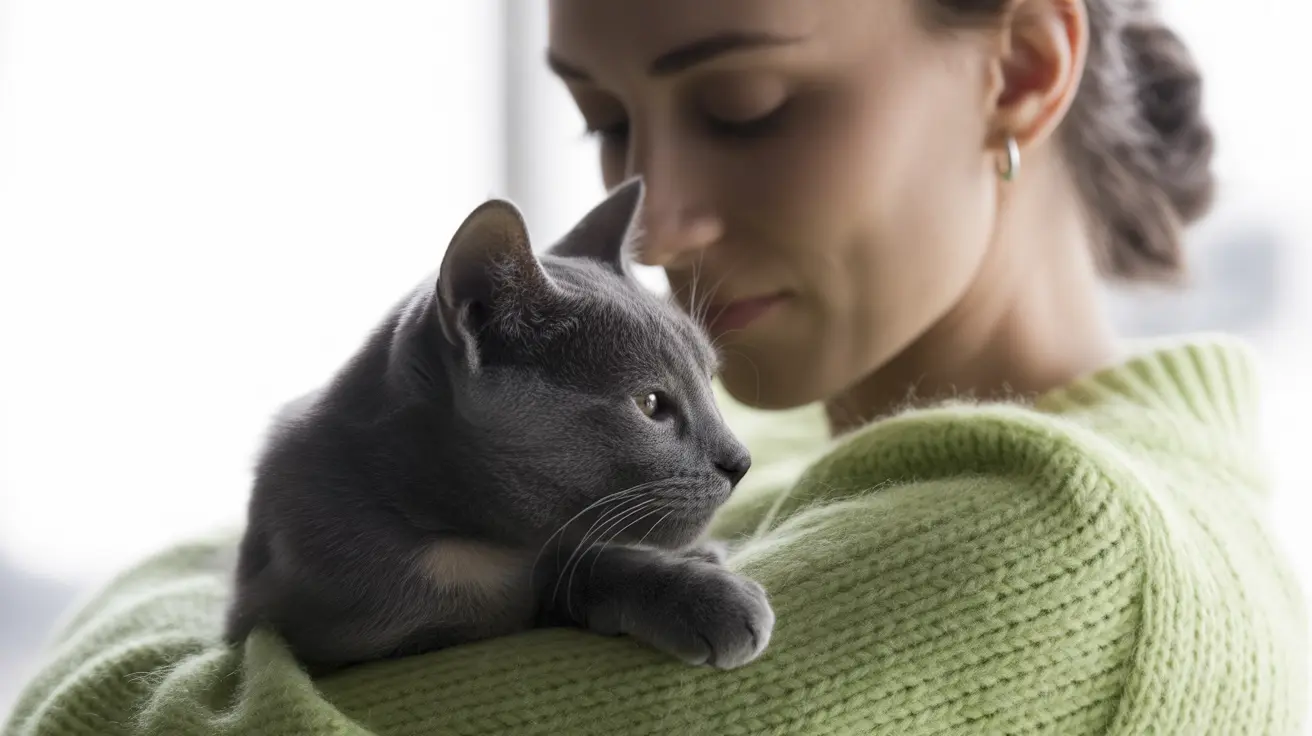Understanding the 7 7 7 Rule for Dogs
The
7 7 7 rule is a widely recognized guideline used by dog trainers and breeders to adequately socialize puppies in their early development stages. This structured approach aims to expose young dogs to a variety of experiences, helping them grow into confident, well-adjusted adult dogs. Early positive exposure is crucial during the imprinting phase (typically up to 16 weeks of age), when a dog is particularly receptive to new stimuli.
What is the 7 7 7 Rule?
The rule encourages puppy owners to introduce their pups to:
- 7 new people per week
- 7 different environments or locations per week
- 7 unique experiences or situations per week
This process should be part of the puppy’s socialization and training regimen to help establish a foundation of adaptability and trust.
Why Socialization Matters
Proper socialization helps dogs:
- Reduce fear and anxiety toward unfamiliar people or situations
- Develop confidence and resilience
- Prevent behavioral issues such as aggression and reactivity
- Foster trust and strengthen the human-animal bond
A well-socialized dog is generally safer to be around and adapts more easily to changes throughout its life.
Applying the 7 7 7 Rule Effectively
To implement the 7 7 7 rule in a positive and controlled way, follow these tips:
1. Plan Ahead
- Make a schedule or checklist to track new experiences and interactions
- Include varied and age-appropriate encounters
2. Create Positive Associations
- Use treats, toys, and praise to reward your puppy during new exposures
- Avoid overwhelming situations—go at a pace comfortable for your pup
3. Monitor Body Language
- Look for signs of fear, such as cowering, growling, or excessive panting
- If your puppy appears stressed, remove them from the situation and try again later
Examples of 7 7 7 Rule Experiences
7 People:
- Children of different ages
- Adults in uniforms (postal workers, delivery drivers, etc.)
- People using wheelchairs or walkers
7 Places:
- Parks and trails
- Parking lots or city streets
- Pet-friendly stores
7 Experiences:
- Hearing vacuum cleaners or sirens
- Walking on different surfaces (grass, gravel, tile)
- Riding in a car or stroller
Integrating with Training Techniques
The 7 7 7 rule works particularly well when combined with
shaping, a positive reinforcement training method. As mentioned in the source material, shaping allows you to reinforce small steps that lead to a final behavior. For example, when exposing a puppy to a new location, use shaping to reward any calm behavior as they explore their environment.
To maximize effectiveness:
- Practice short, focused training sessions (5–10 minutes)
- Reward consistently—ideally every 4 seconds when introducing new stimuli
- Gradually increase complexity and duration of experiences
Adapting for Individual Puppies
Not all puppies have the same temperament or learning pace. Some may need experiences broken down into even smaller steps using
shaping principles, especially if the dog is anxious or fearful. Use techniques such as
luring or
targeting to ease them into intimidating scenarios.
Conclusion
The 7 7 7 rule provides a simple yet effective structure to ensure puppies receive adequate socialization during their critical development phase. With consistent, positive interactions and gradual exposure to new environments, dogs can grow up more secure, adaptable, and well-behaved. By integrating shaping and other positive reinforcement techniques, the process also becomes a rewarding experience for both the dog and the handler.





